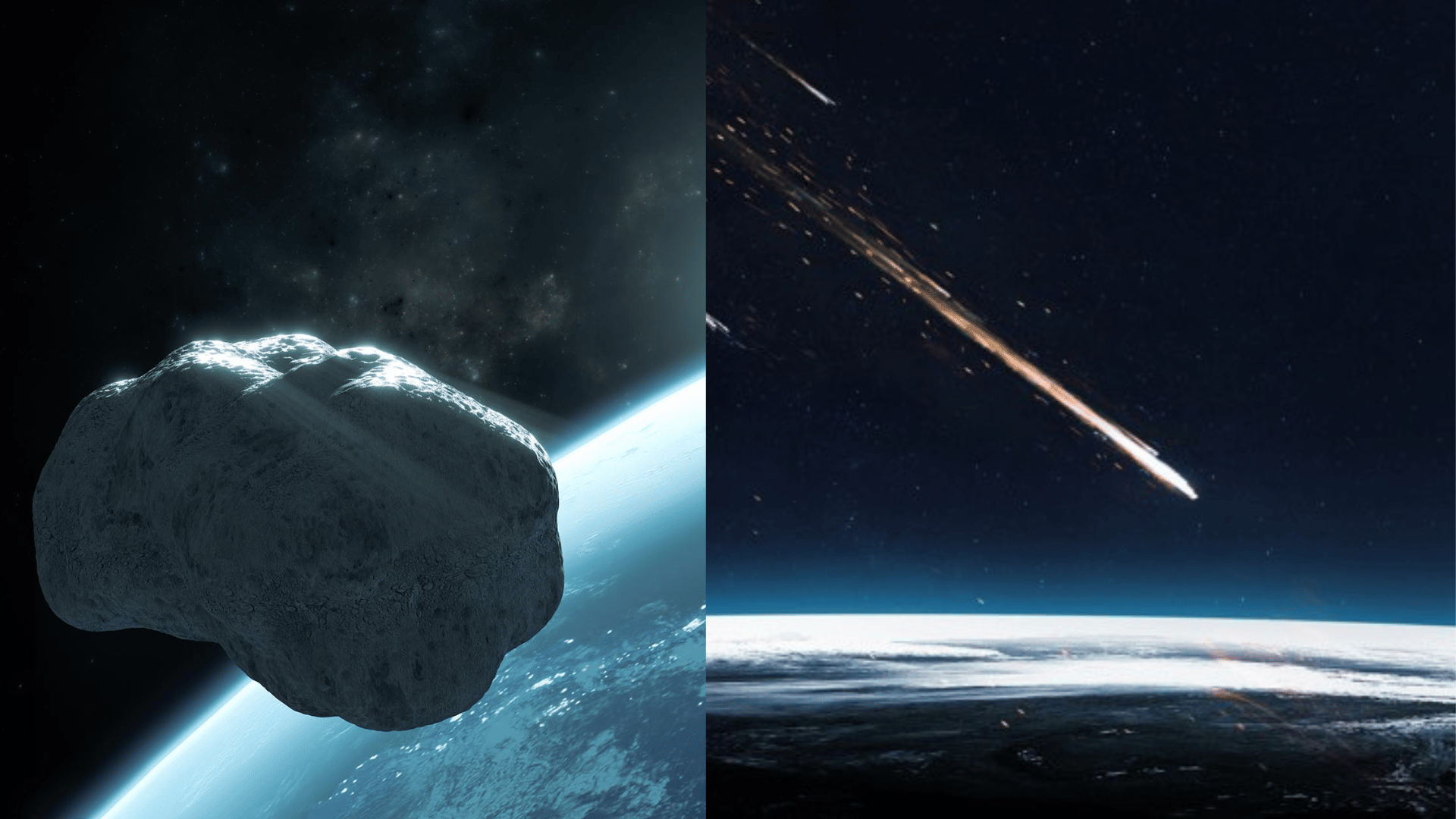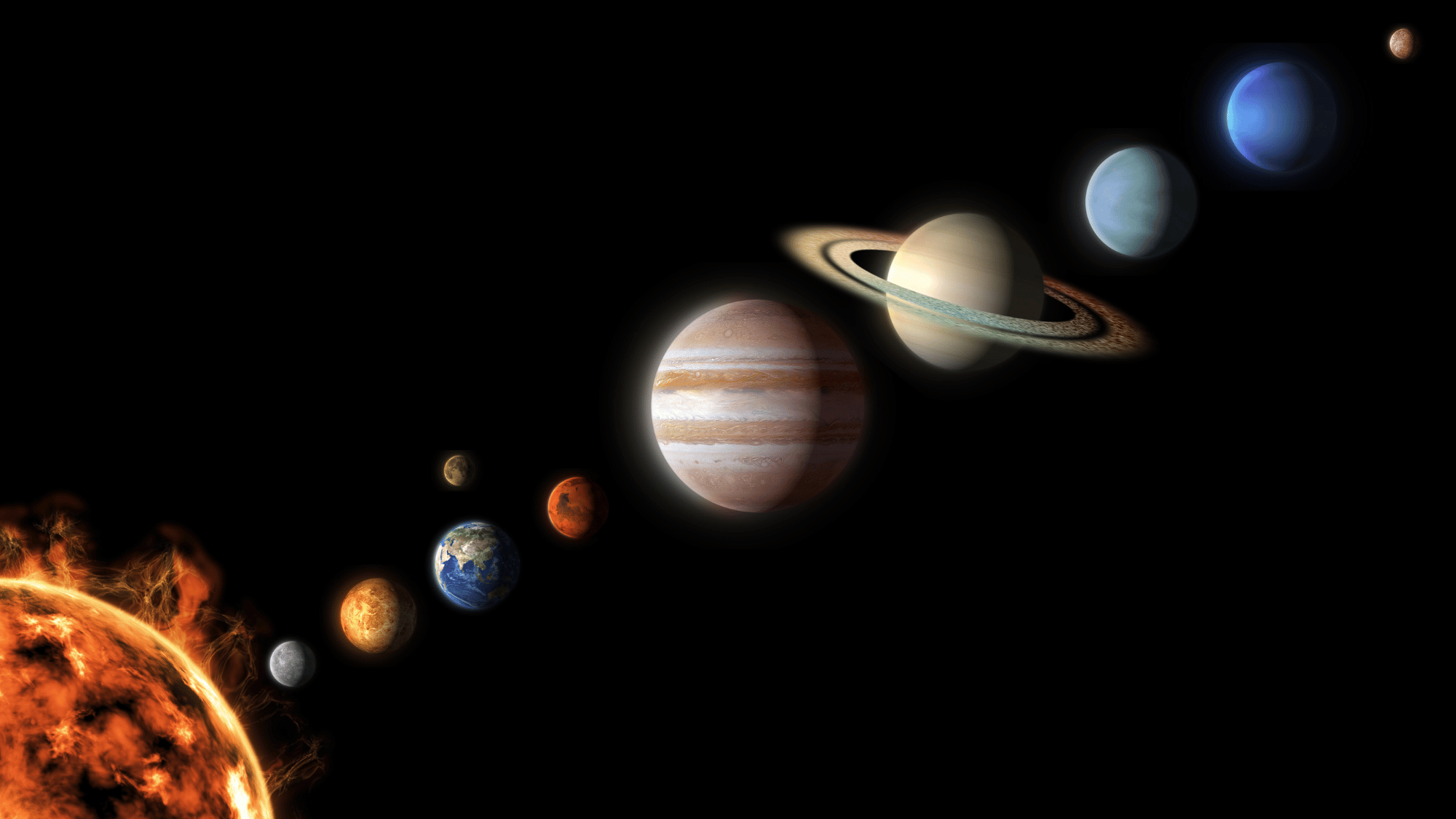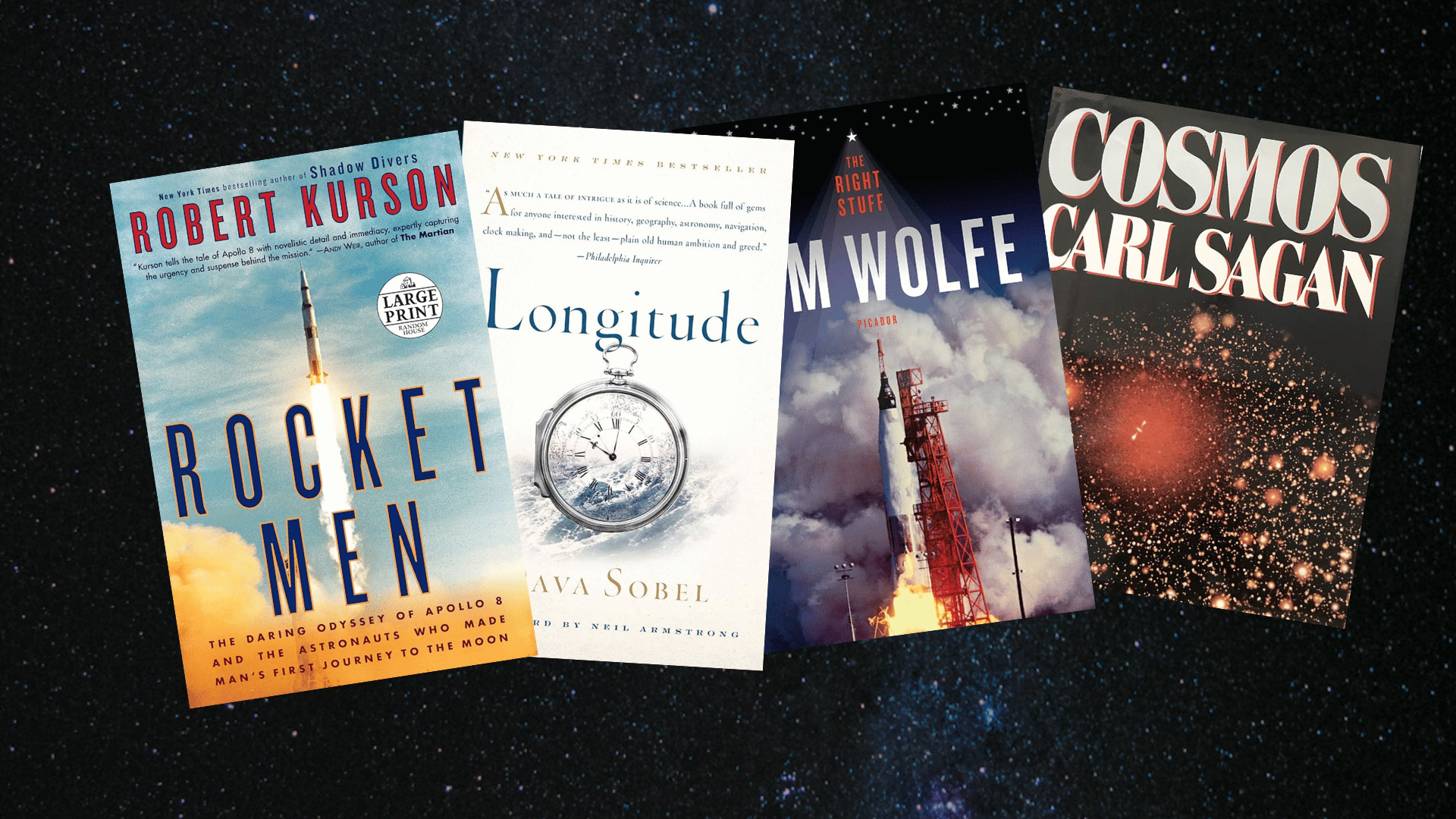Have you ever looked up at the night sky and wondered about the tiny and giant rocks floating in space? When we talk about space rocks, two words often come up: meteor and asteroid.
Understanding the difference between a meteor and an asteroid can help us learn more about our solar system and the exciting things happening above us.
In this blog, we will explain the main differences between meteor vs asteroid and what they mean for Earth.
If you are curious or just love space, this will make these space rocks easy to understand. Continue reading to learn about the world of meteors and asteroids.
What is an Asteroid?
An asteroid is a huge space rock that orbits the Sun. These giant rocks are left over from when our solar system was born 4.6 billion years ago.
Most asteroids live in a special area called the asteroid belt, which sits between Mars and Jupiter. Asteroids come in many sizes. Some are as small as a car, while others are as big as entire mountains!
The biggest asteroids can be hundreds of miles wide. They are made of rock and metal and have been floating in space for billions of years.
Asteroids stay in space orbiting the Sun, while meteors are what we see when small space rocks burn up in Earth’s sky. Scientists study asteroids to learn about how planets formed.
NASA tracks asteroids that come near Earth to keep our planet safe. These ancient space rocks hold many secrets about the history of our solar system.
What is a Meteor?
A meteor is the bright streak of light you see in the night sky. People often call it a “shooting star,” but it’s not really a star at all! A small space rock, known as a meteoroid, zooms toward Earth at a very high speed.
When it enters the air around our planet, it rubs against air molecules. This rubbing creates lots of heat; so much heat that the space rock starts to glow and burn up!
The glowing trail of light we see is the meteor. Most meteors happen about 50 to 75 miles above our heads. They flash across the sky for less than one second, then disappear.
Every night, you can see several meteors if you watch the sky carefully. During special times called meteor showers, you might see dozens in just one hour!
The rock in space is a meteoroid. The bright light in the sky is a meteor. It’s like magic, but it’s really science.
Key Differences Between Meteor vs Asteroid

Asteroids and meteoroids are both space rocks, but scientists say size makes them different! Asteroids are giant rocks, while meteoroids are much smaller pieces.
Size Difference
Asteroids and meteoroids are very different in size. Asteroids are bigger than 1 meter wide, which is about 3 feet. Some are so large that they can be compared to mountains or even entire cities.
Meteoroids are much smaller, always under 1 meter. Most meteoroids are tiny, like pebbles, grains of sand, or even dust.
Because of this, asteroids are easier to spot with telescopes, while meteoroids are usually too small to see until they enter Earth’s atmosphere.
Where are They Found
Asteroids live mostly in the asteroid belt, a giant “neighborhood” of rocks between Mars and Jupiter. Millions of asteroids orbit the Sun in this region, moving in predictable paths.
Meteoroids, on the other hand, are scattered almost everywhere in our solar system. They can be found near asteroids, around comets, or even floating on paths that cross Earth’s orbit.
While asteroids tend to stay in groups, meteoroids are more like wandering travelers spread out across space.
How Old are They
Both asteroids and meteoroids are extremely old, dating back about 4.6 billion years, to the time when the solar system first formed.
Asteroids are large pieces of leftover building material that never became planets. Meteoroids are usually small fragments that break away from asteroids or comets over time.
Studying them helps scientists understand the history of our solar system. They are like tiny time machines, carrying secrets about what space was like billions of years ago.
How Asteroids, Meteoroids, Meteors, and Comets All Connect
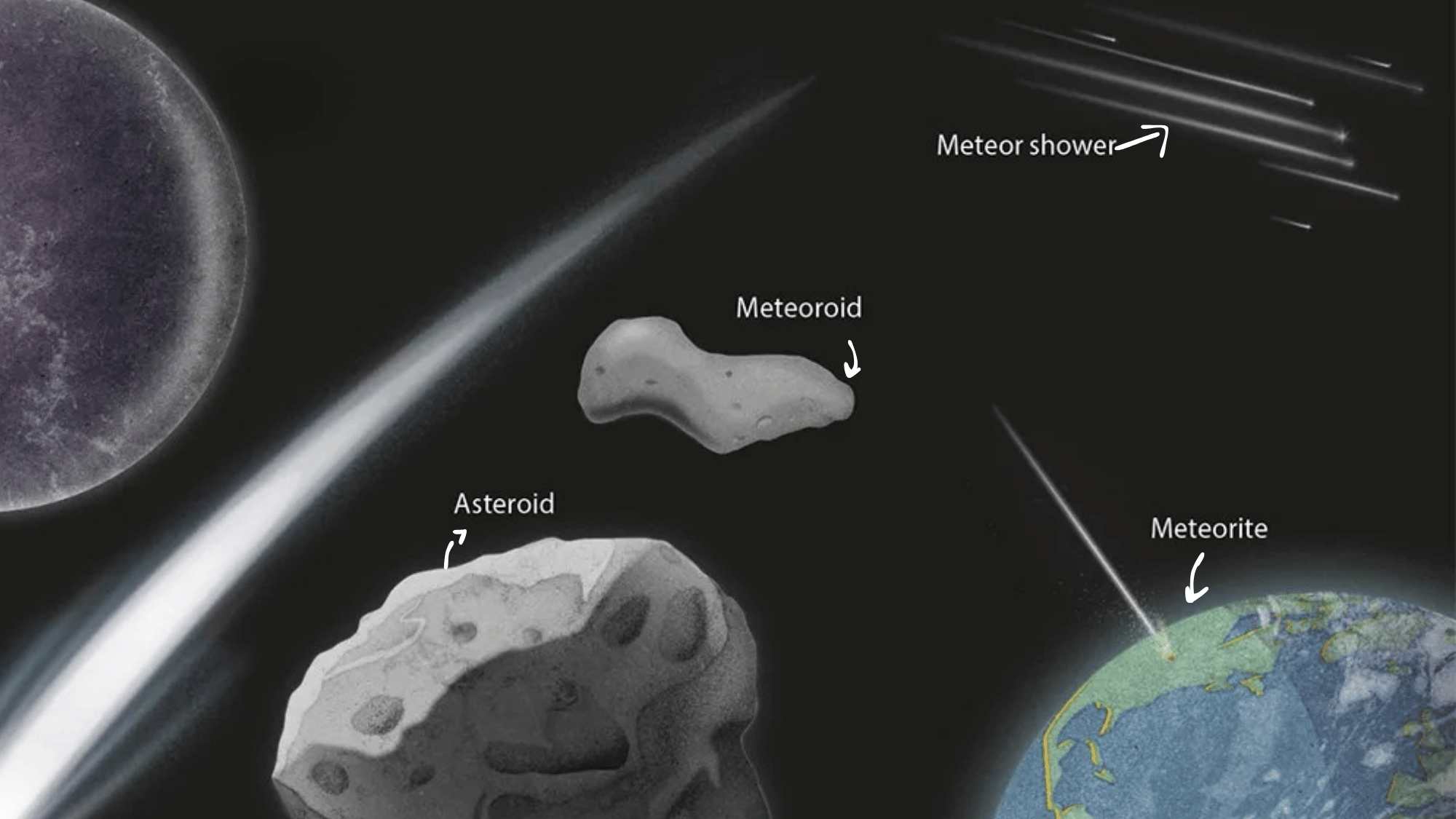
Space is full of different objects, and it’s easy to mix them up. Here’s a simple breakdown of meteors, asteroids, comets, and meteoroids to see how they differ:
- Asteroids: Large rocky or metallic objects that orbit the Sun, mostly found in the asteroid belt. They can be as small as a few meters or as big as mountains.
- Meteoroids: Much smaller pieces of rock or metal, usually broken off from asteroids or comets. Most are pebble-sized or smaller, drifting freely through space.
- Meteors: The bright streak of light we see when a meteoroid burns in Earth’s atmosphere. They are often called “shooting stars,” but they are not stars at all.
- Meteorites: If a meteoroid survives the fiery fall and lands on Earth, it becomes a meteorite. These rare rocks give scientists clues about the early solar system.
- Comets: Icy, dusty bodies that heat up when close to the Sun. They form glowing comas and long tails that can stretch for millions of miles across the sky.
What Happens when They Reach Earth?
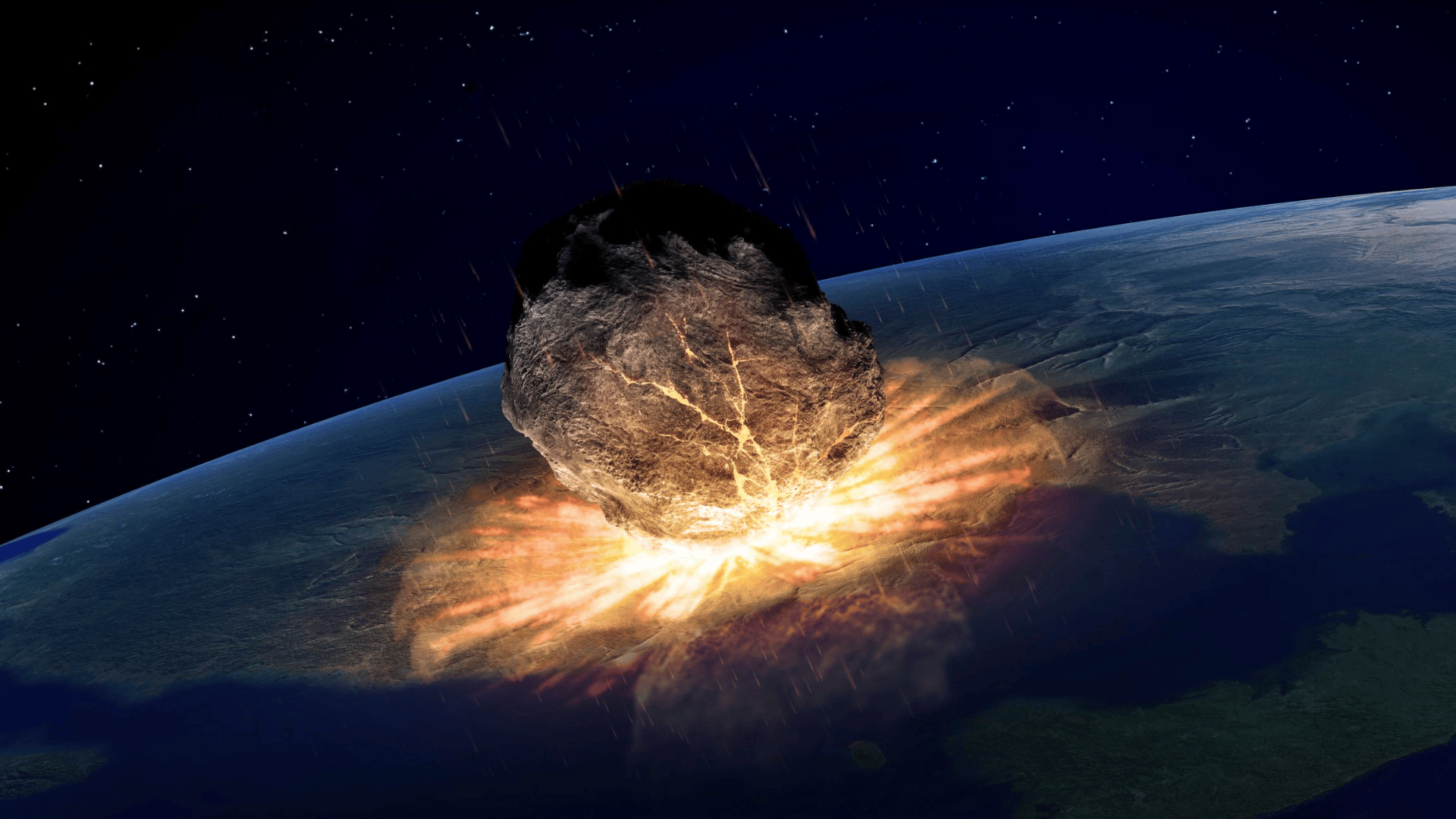
Image Source – BBC
Most space rocks never make it to the ground! When meteoroids enter Earth’s atmosphere, they travel super fast up to 160,000 miles per hour.
The air around them gets very hot, and the meteoroids burn up completely. We see them as bright shooting stars in the sky.
However, sometimes a meteoroid is large and strong enough to survive the journey. When it lands on Earth’s surface, we call it a meteorite. This doesn’t happen very often!
Scientists love finding meteorites because they teach us about space and how our solar system was made.
Every day, about 48 tons of space dust and tiny rocks fall to Earth. Most pieces are so small we never see them. The big ones that we find are special treasures from space that help us learn amazing things.
Upcoming Meteor Shower and Other Celestial Phenomena
The sky will light up with amazing shows throughout 2026. Meteor showers bring shooting stars across the night. Some events offer better views than others. Moon phases play a big role in visibility.
- Quadrantids (December 28, 2025 – January 12, 2026): Peaks January 2-3 with up to 120 meteors hourly, though full moon reduces visibility.
- Lyrids (April 14-30, 2026): Best viewing April 21-22 with 18 meteors per hour under ideal crescent moon conditions.
- Eta Aquariids (April 19 – May 28, 2026): Southern viewers enjoy 50 swift meteors hourly on May 5-6 despite moon interference.
- Perseids (July 17 – August 24, 2026): Perfect new moon conditions on August 12-13 showcase 100+ bright green-trailed meteors hourly.
- Southern Delta Aquariids (July 12 – August 23, 2026): The southern hemisphere sees 25 meteors hourly July 30-31 with full moon challenges.
- Alpha Capricornids (July 3 – August 15, 2026): Low rates of 5 meteors hourly compensated by spectacular fireballs on July 30-31.
- Orionids (October 2-7, 2026): Halley’s Comet debris produces 15 meteors per hour at the October 22 peak.
- Geminids (December 4-17, 2026): One of the year’s strongest showers delivers 120 bright meteors hourly on December 14.
Conclusion
In the end, the key difference between an asteroid and a meteoroid comes down to size and where they are found.
Asteroids are large rocky or metallic bodies, often hundreds of kilometers wide, that mostly orbit the Sun in the asteroid belt between Mars and Jupiter.
Meteoroids are often broken off from asteroids or comets. When meteoroids enter Earth’s atmosphere, they burn up as bright streaks of light called meteors, or “shooting stars.”
Learning the basics of meteor vs asteroid helps us better understand our solar system’s past. Stay curious and keep reading for more easy space facts.



